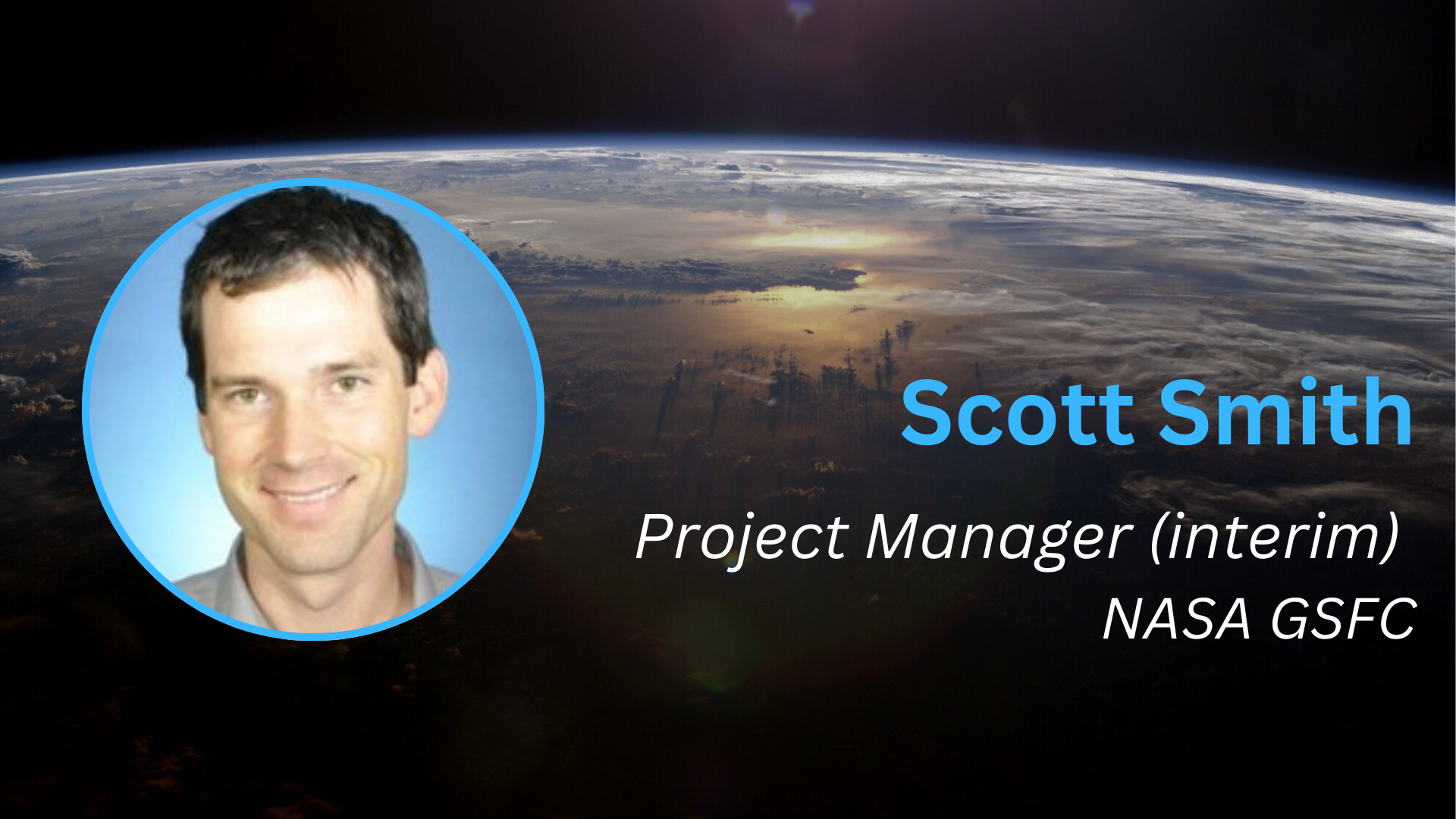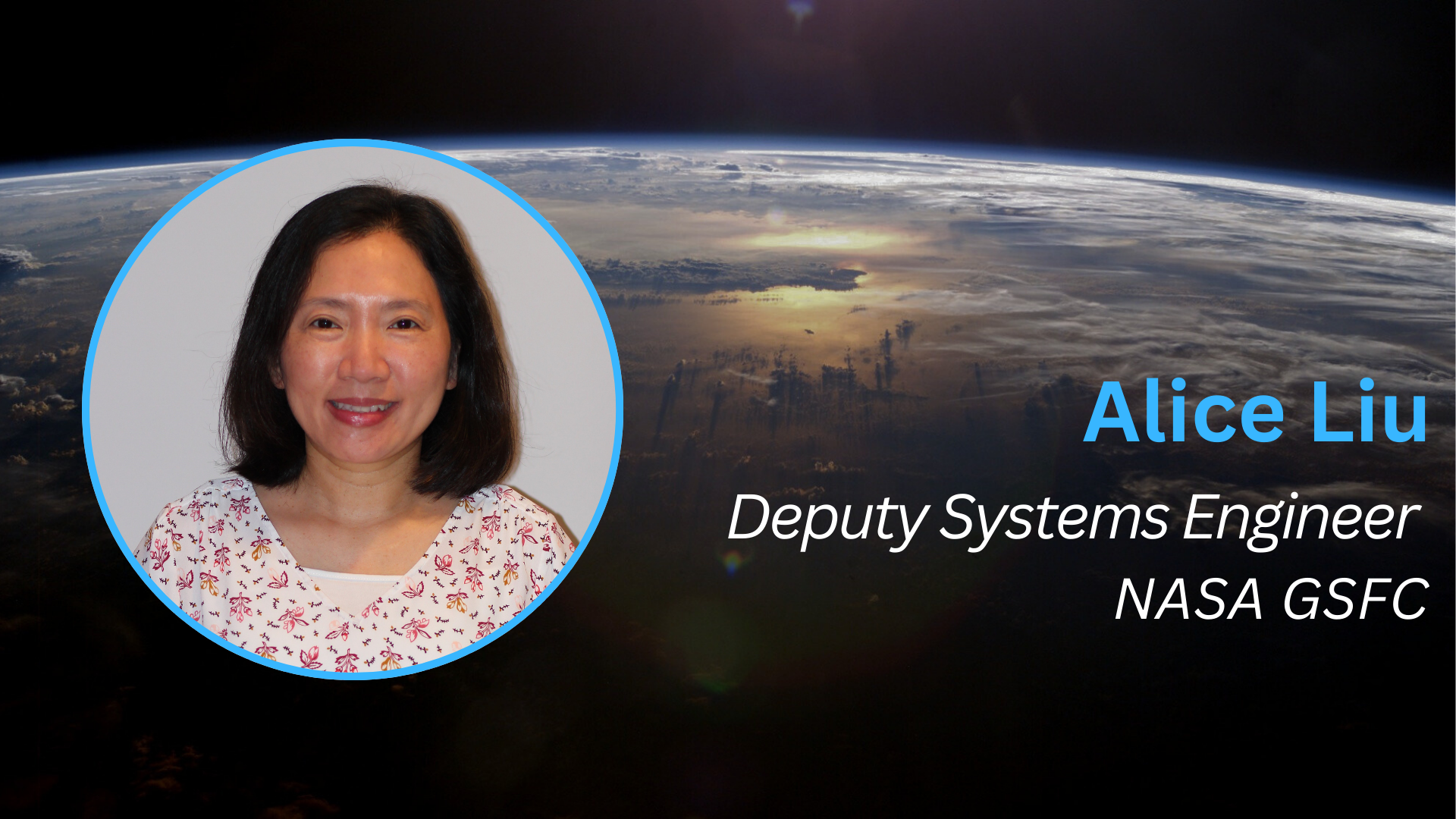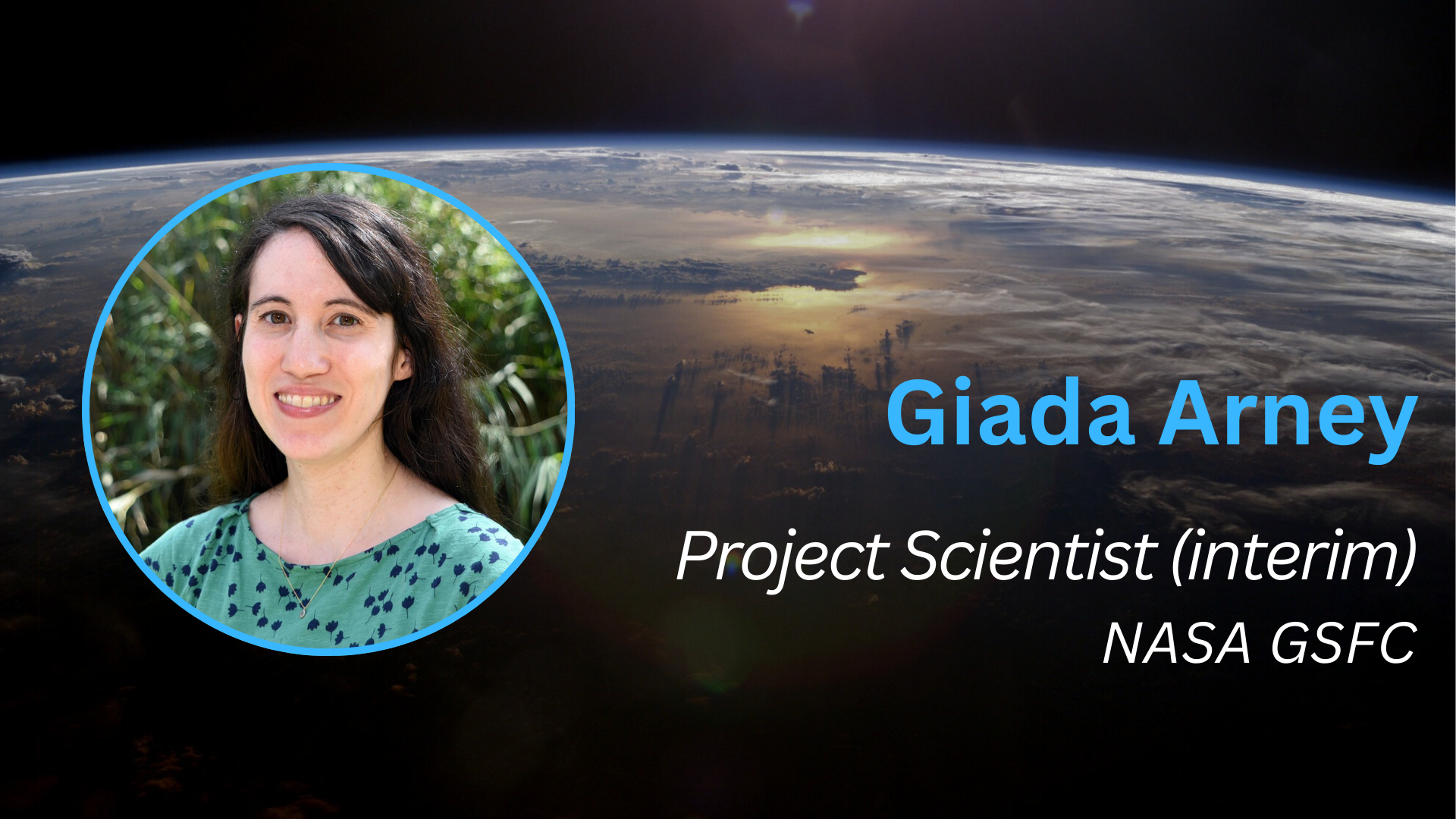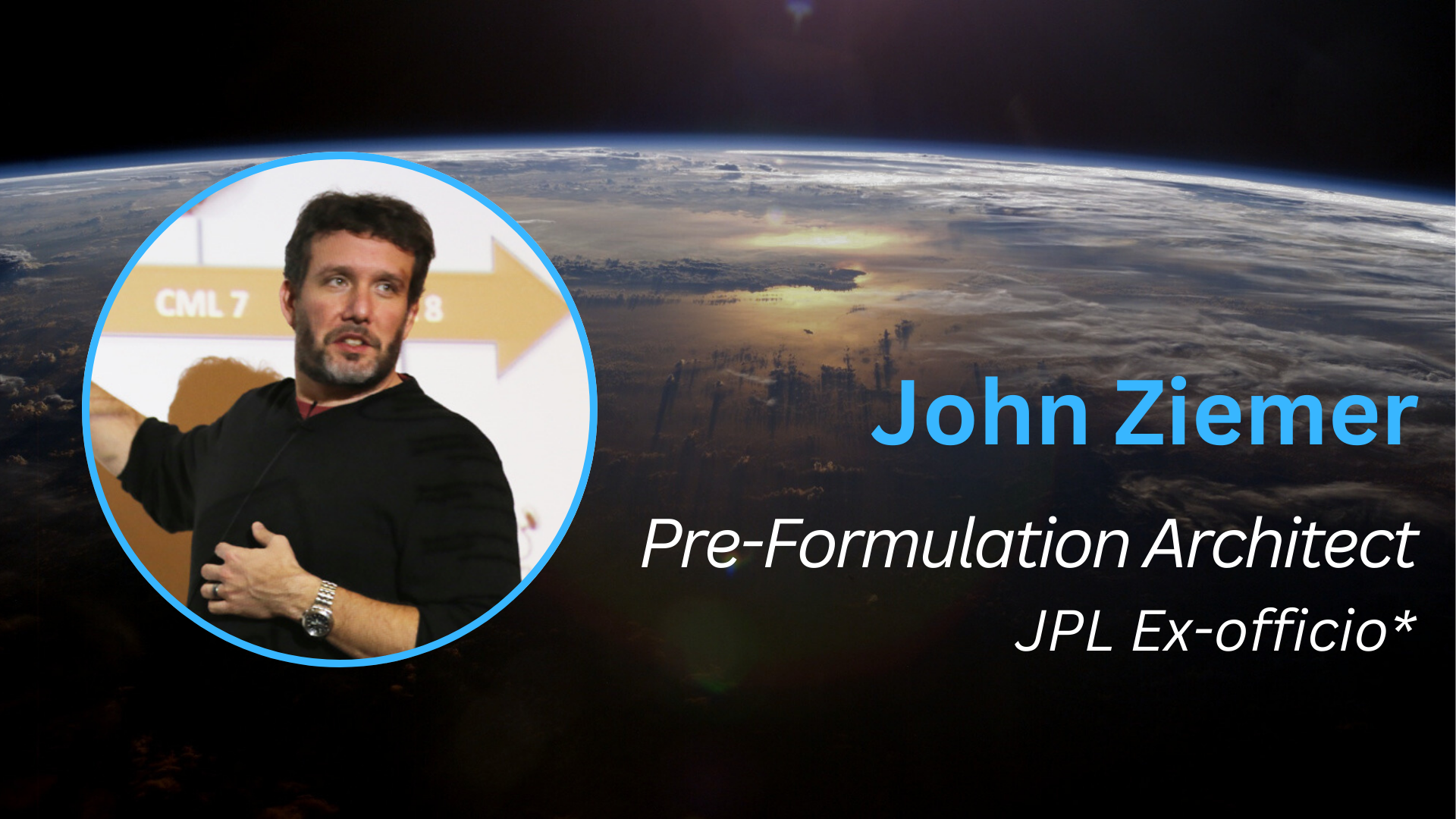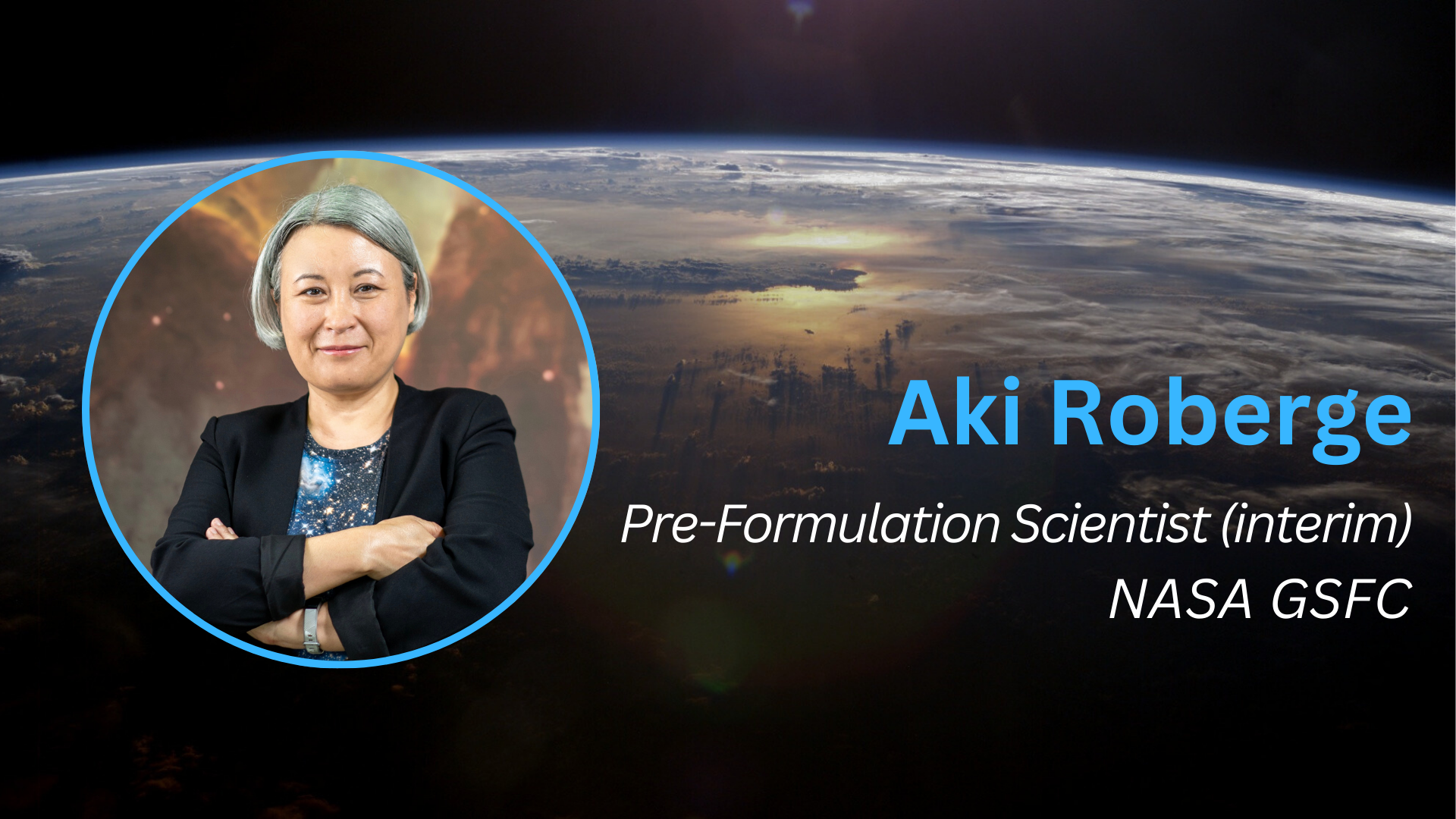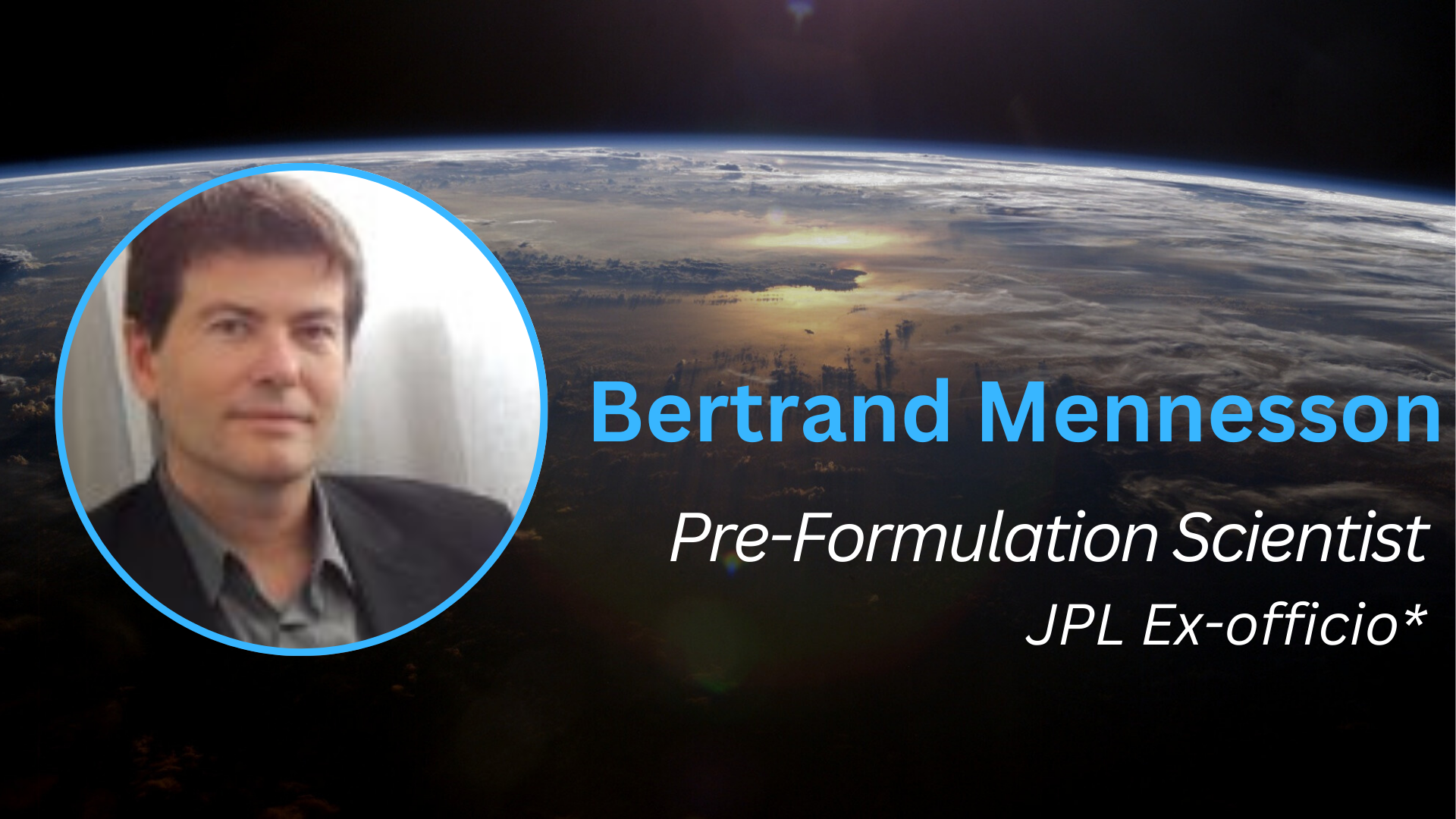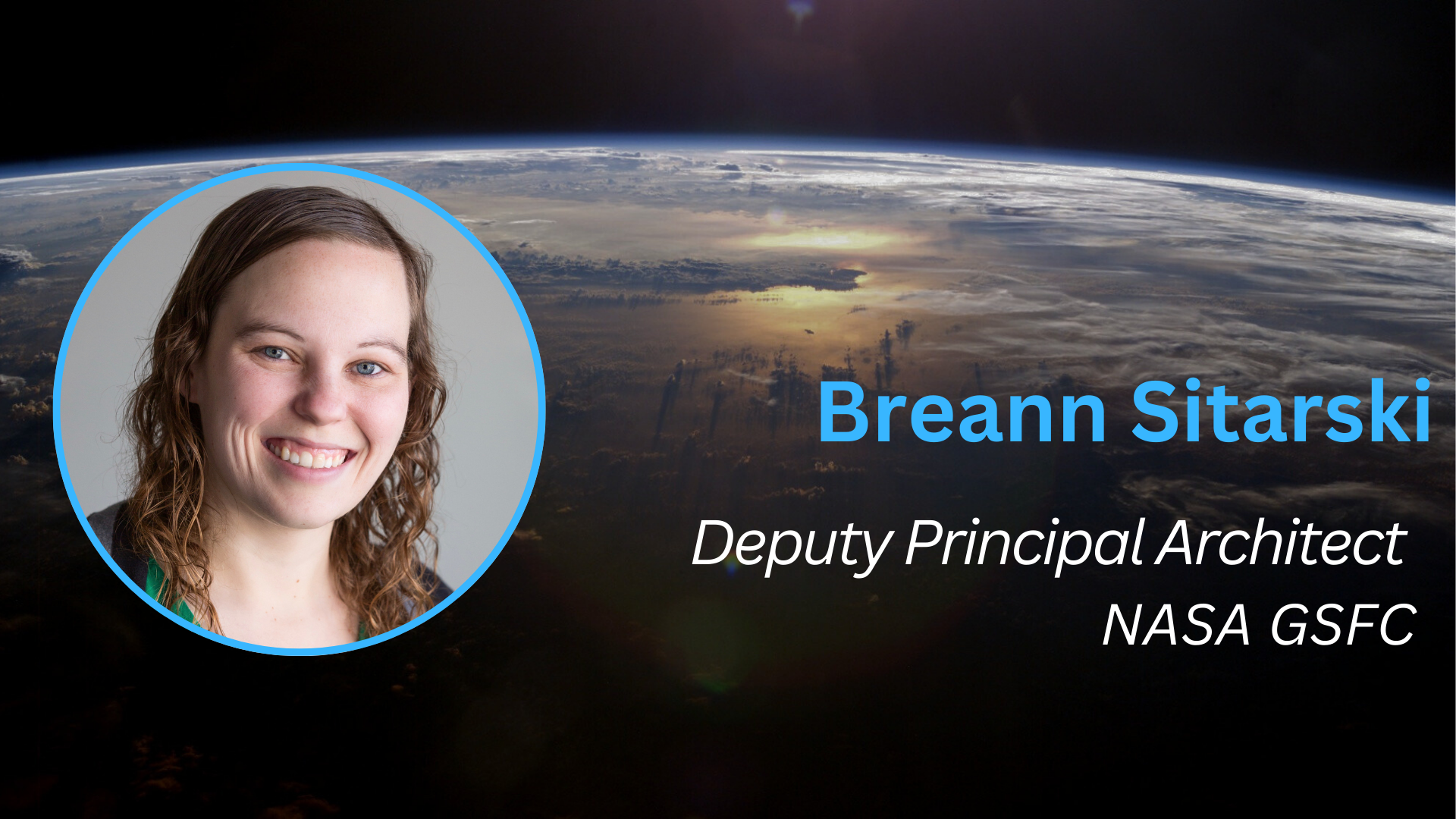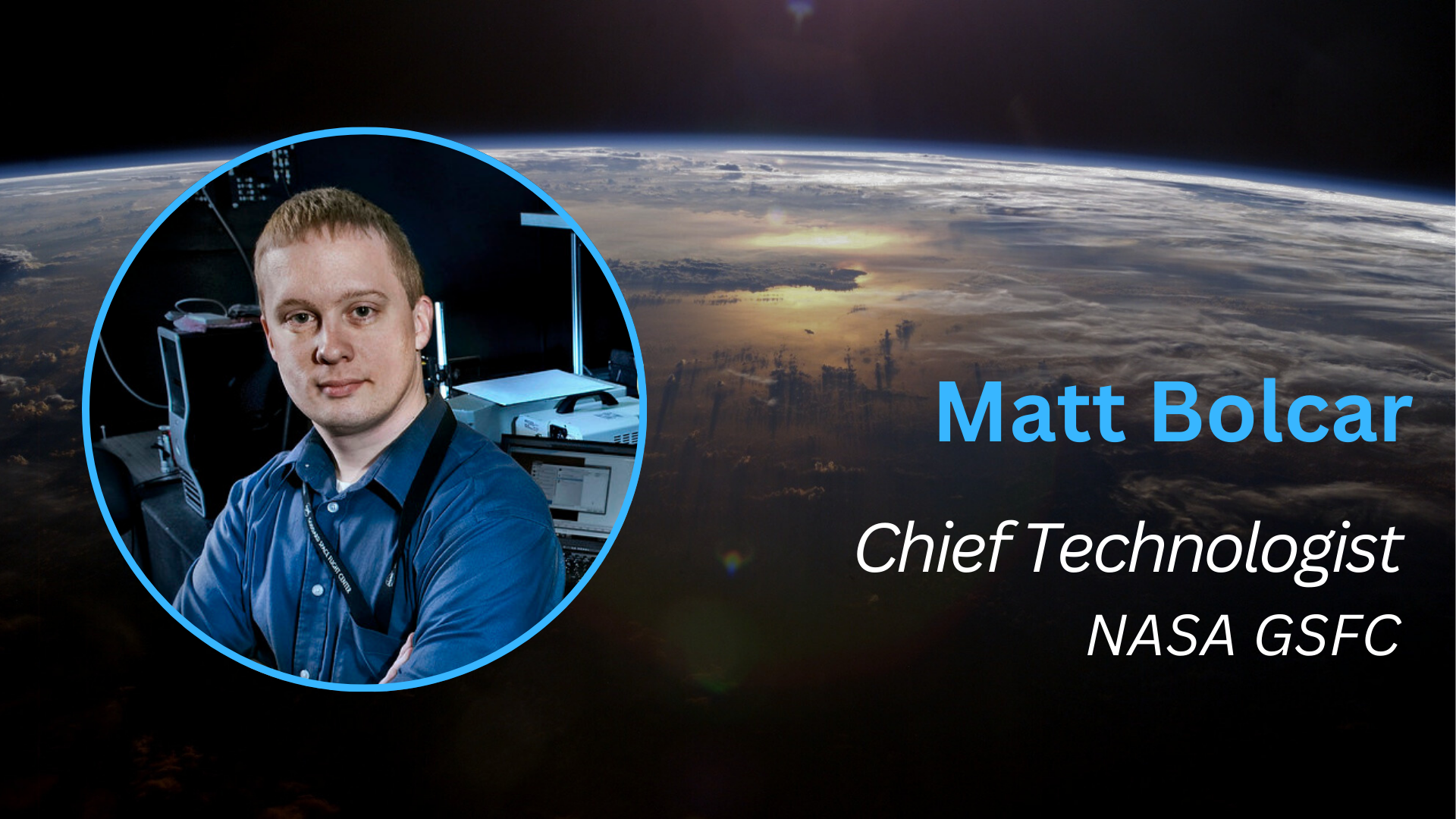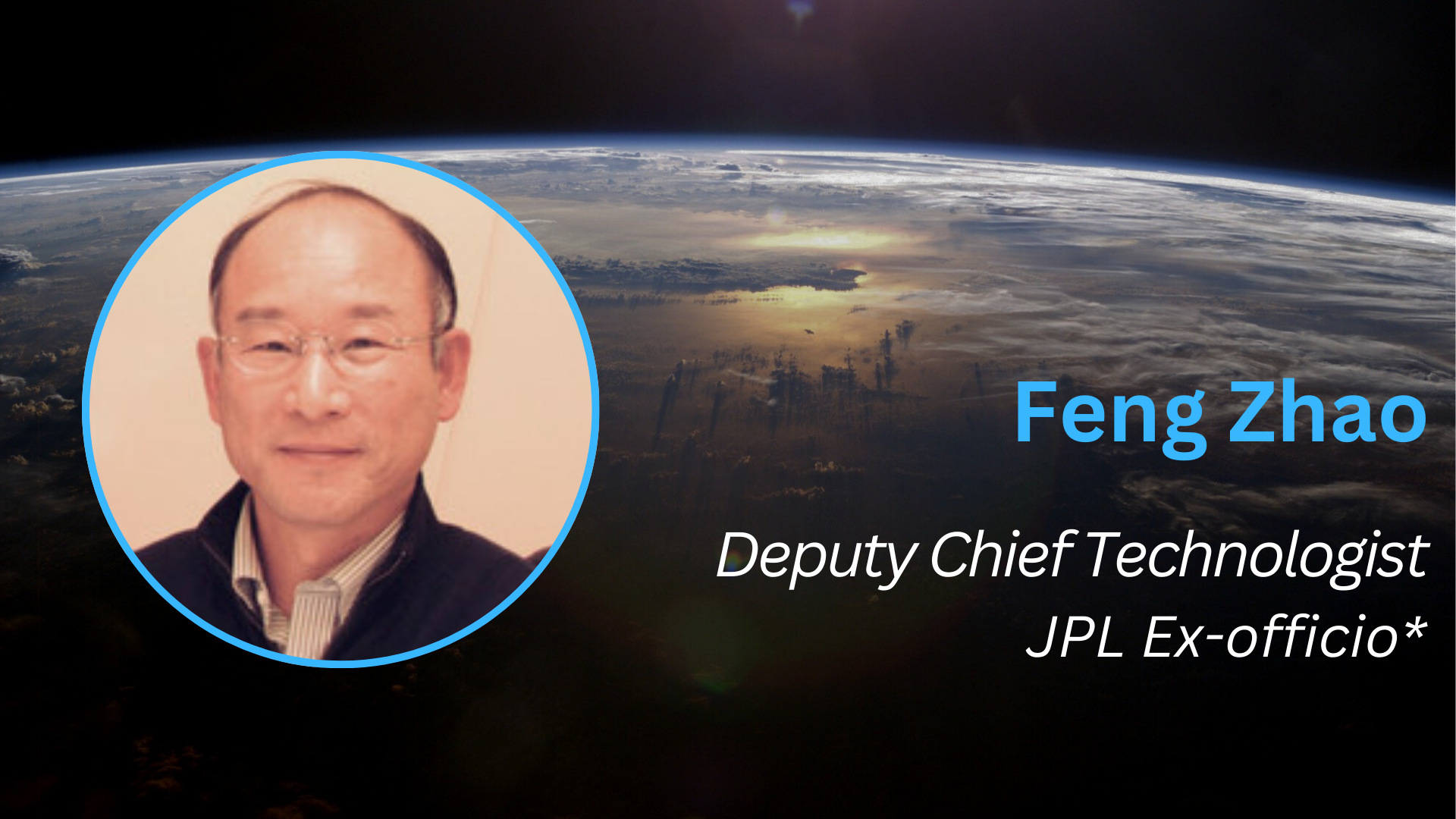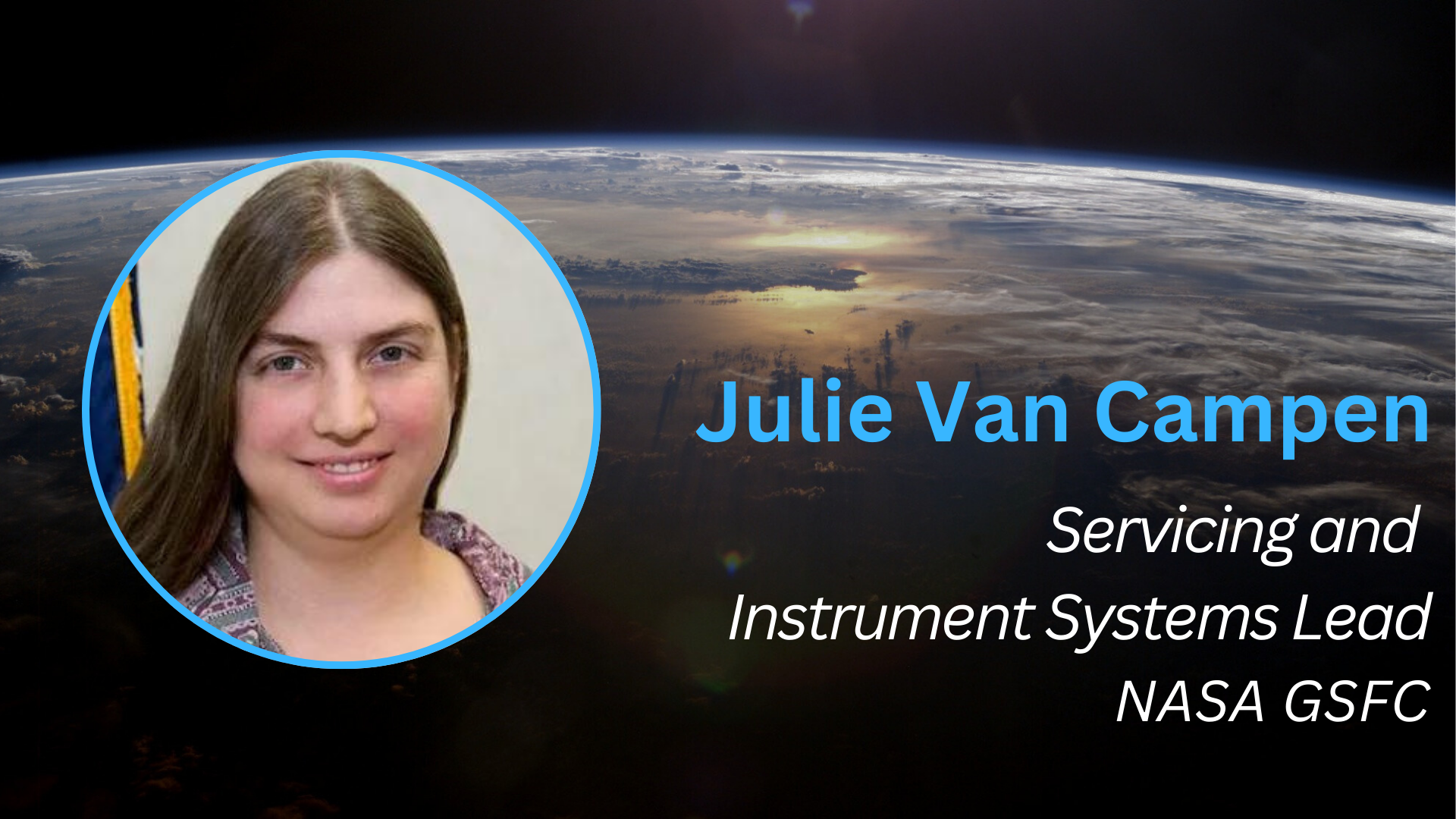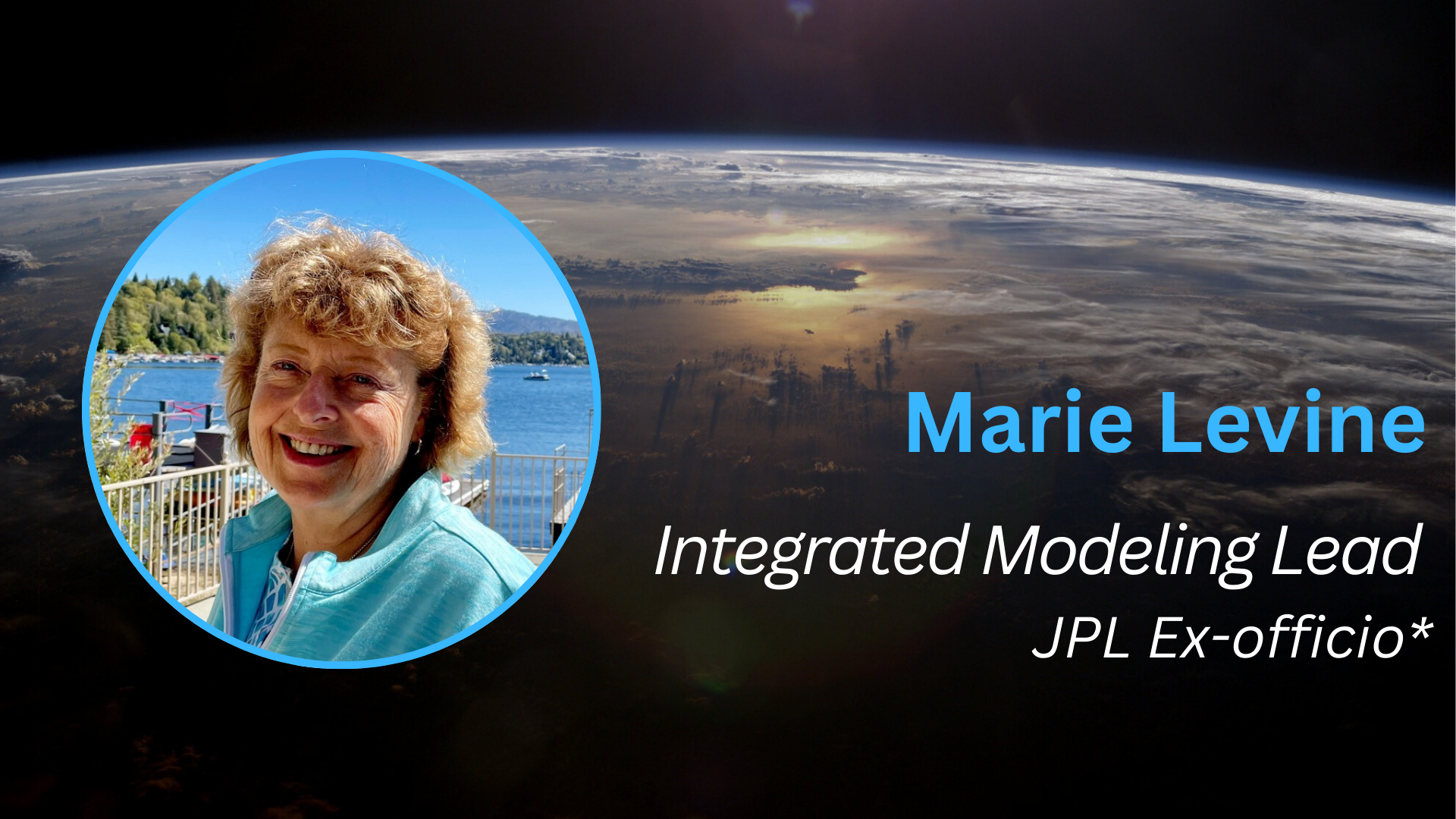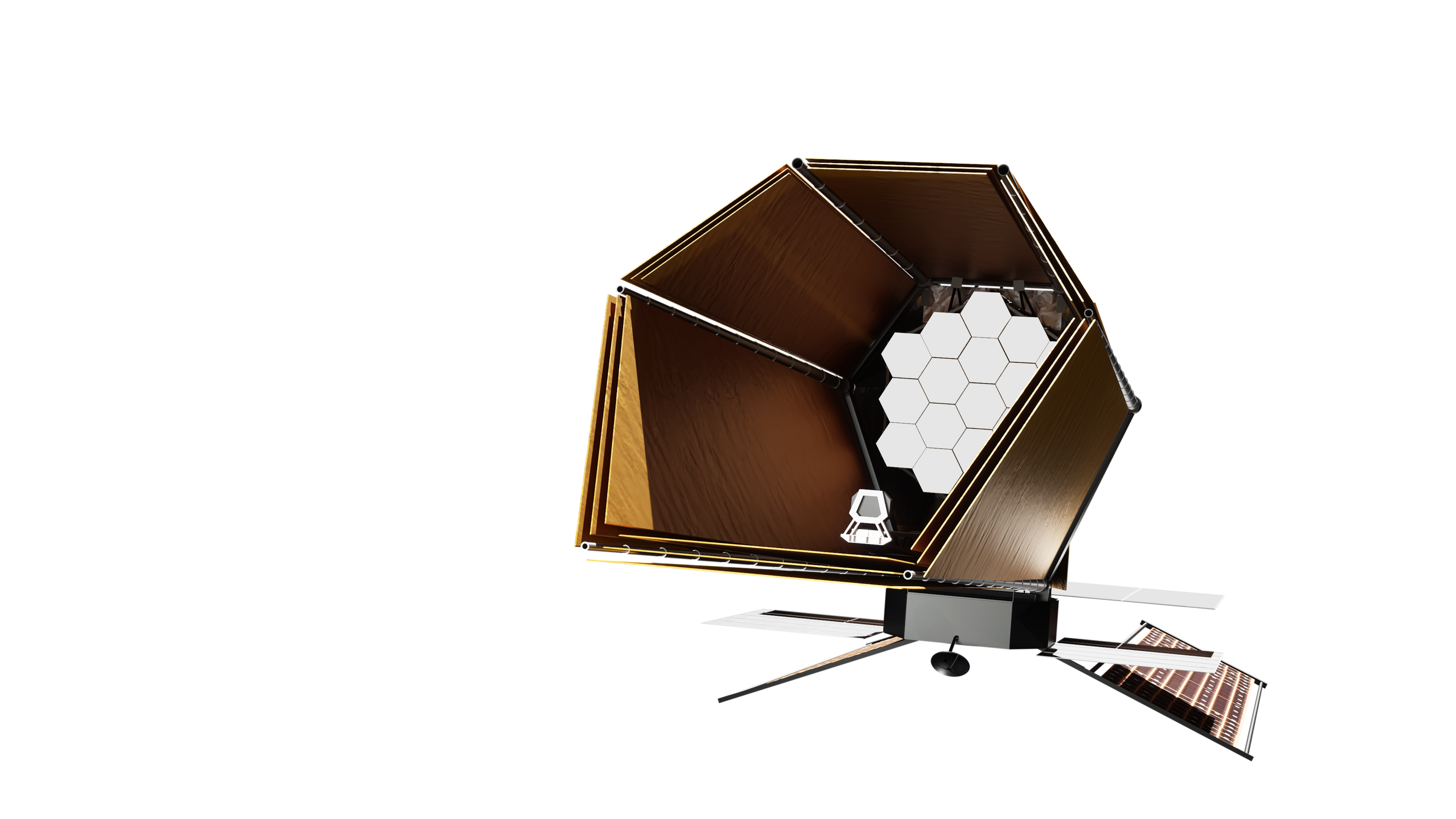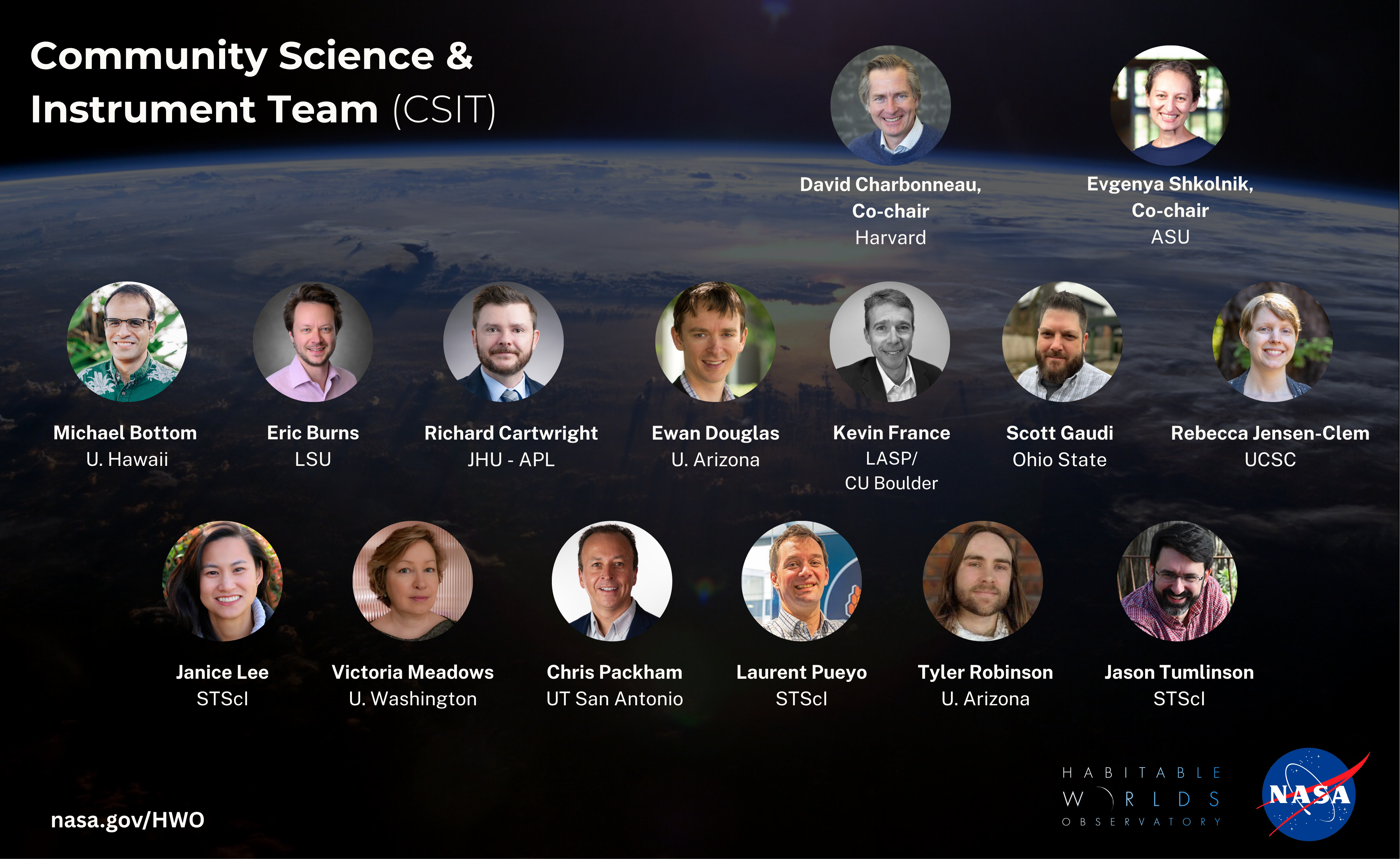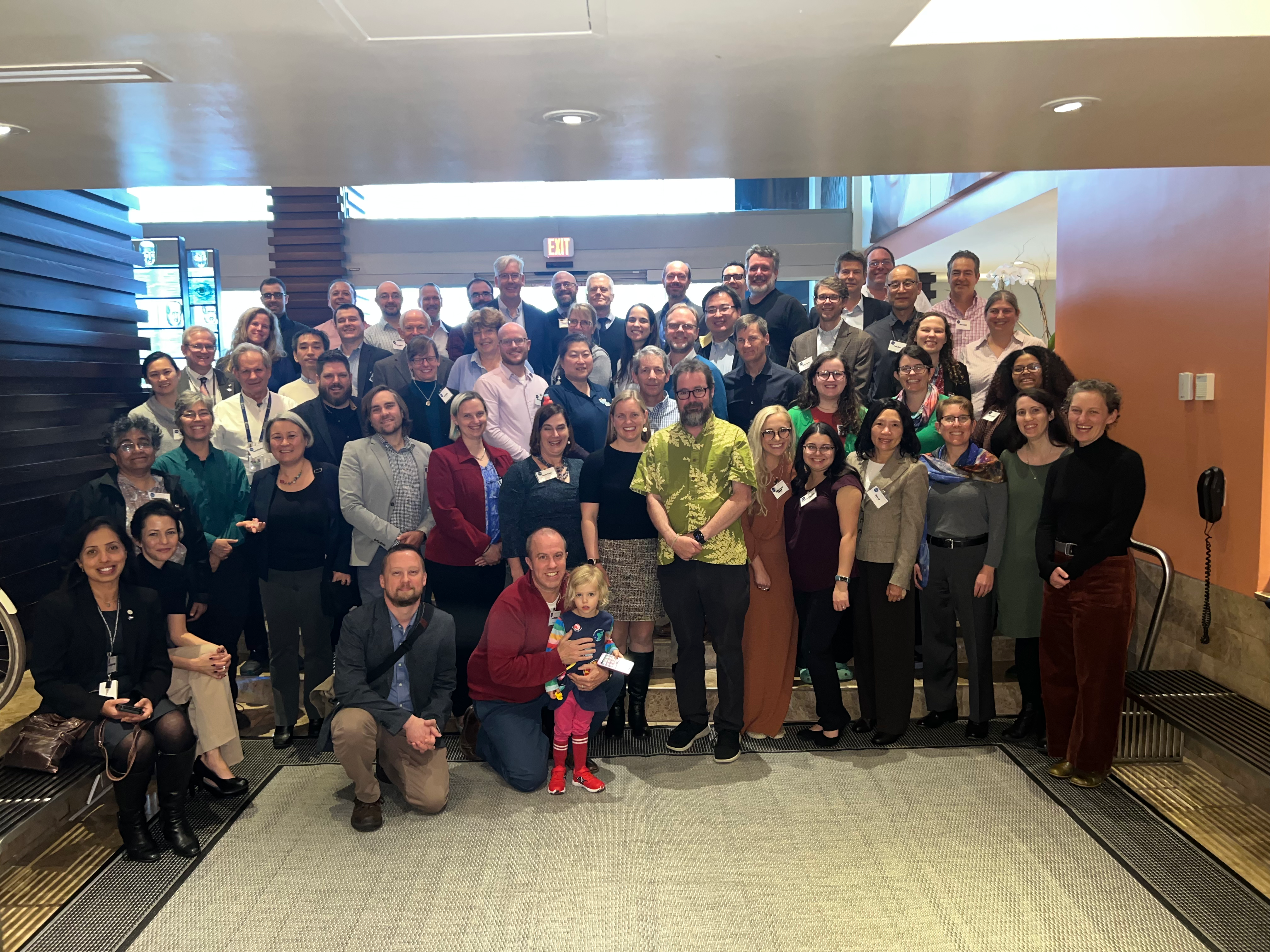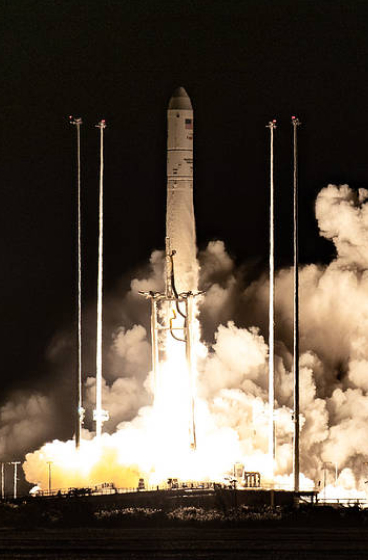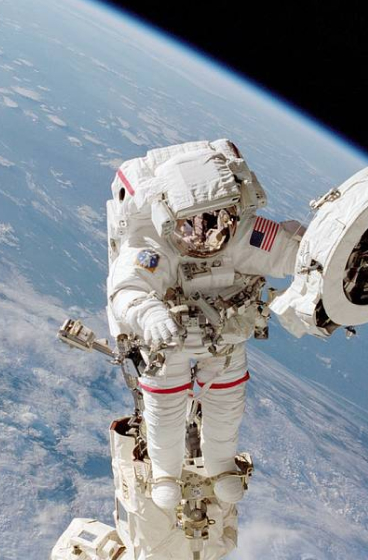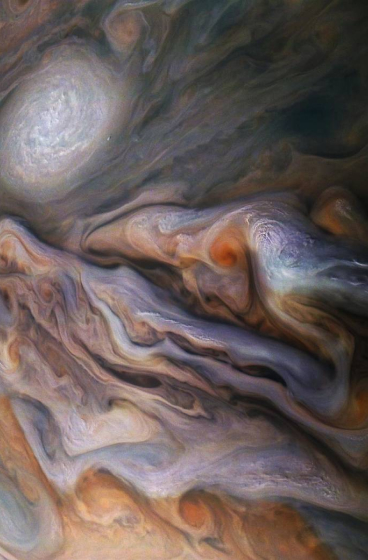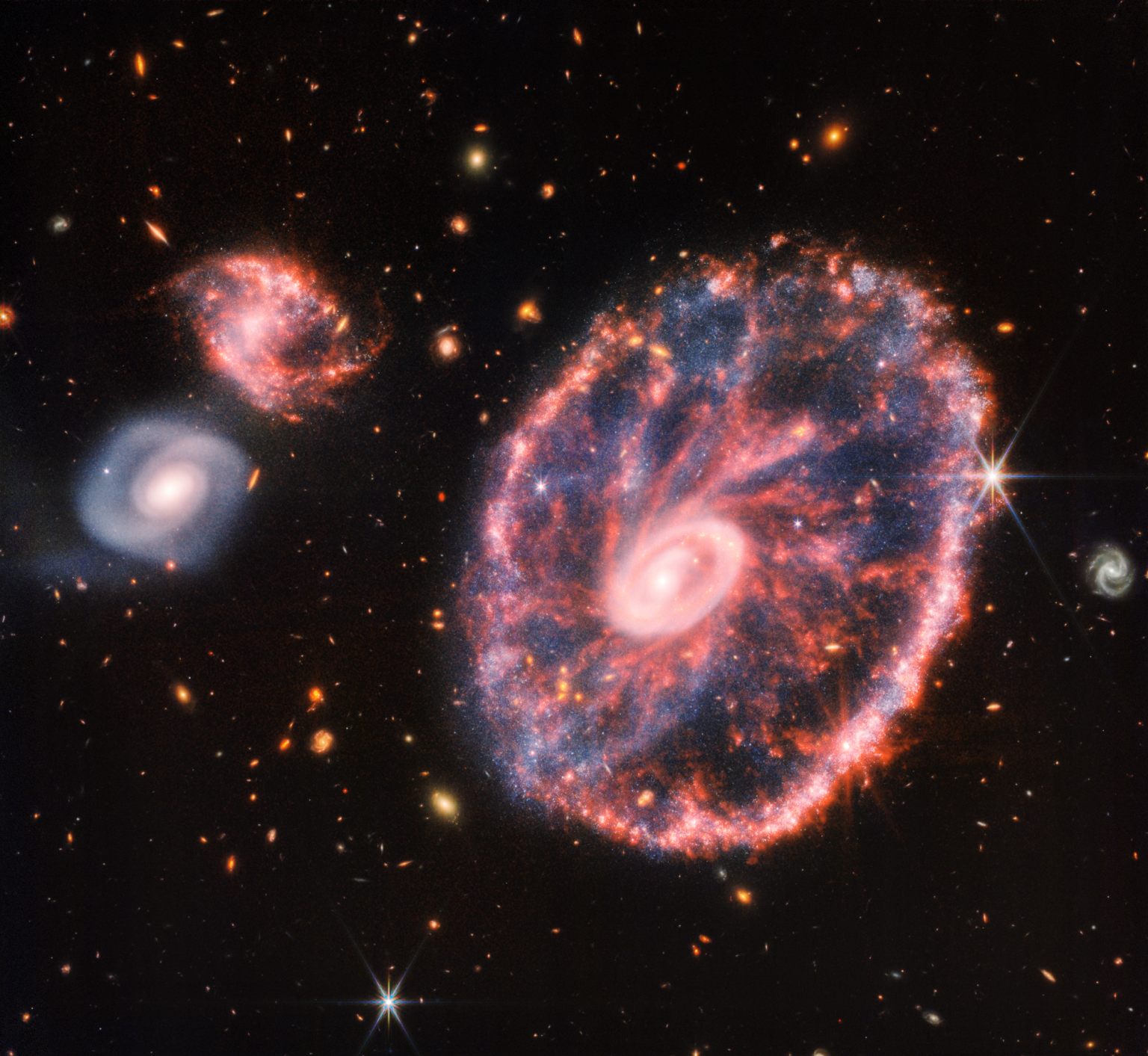
Meet the Team
The HWO project office, CSIT, and other groups will focus on several key early activities to guide the maturation of the Habitable Worlds Observatory.
Habitable Worlds Observatory Technology Maturation Project Office (HTMPO)
-
The HTMPO was established at NASA's Goddard Space Flight Center on August 1st, 2024.
The following individuals make up the project office team:
Lee Feinberg (NASA GSFC), Principal Architect
Scott Smith (NASA GSFC), Project Manager (interim)
Alice Liu, (NASA GSFC), Acting Mission Systems Engineer
Giada Arney (NASA GSFC), Project Scientist (interim)
John Ziemer (JPL), Pre-Formulation Architect, JPL Ex-officio*
Aki Roberge (NASA GSFC), Pre-Formulation Scientist (interim)
Bertrand Mennesson (JPL), Pre-Formulation Scientist, JPL Ex-officio*
Other key roles include:
Breann Sitarski (NASA GSFC), Deputy Principal Architect, GSFC Testbed Lead
Matt Bolcar (NASA GSFC), Chief Technologist
Feng Zhao (JPL), Deputy Chief Technologist, JPL Ex-officio*
Julie Van Campen (NASA GSFC), Servicing and Instrument Systems Lead
Marie Levine (JPL), Integrated Modeling Lead, JPL Ex-officio*
Caleb Baker (JPL), JPL Testbed Lead
*Ex-officio is used to distinguish activities that GSFC will uniquely perform, such as contracts to industry, budgeting, and deliverable definition (e.g. activities up to Phase A).
HWO TMPO
HWO Community Science and Instrument Team (CSIT)
-
NASA solicited self-nominations from interested individuals to participate.
Building on the foundation of the Habitable Worlds Observatory (HWO) Technology Maturation Project Office (TMPO), NASA established the HWO Community Science & Instrument Team (CSIT). This team is crucial for bringing the expertise of the scientific community directly into the early stages of planning for the Habitable Worlds Observatory. CSIT selections were announced in June 2025.
Specifically, the CSIT will:
Serve as key liaisons to the broader scientific community, fostering communication and ensuring wide input into the mission's development.
Lead scientific investigations to help the project establish the observatory's primary science objectives and requirements.
Analyze TMPO-provided science instrument concepts and support basic instrument definition
Provide valuable scientific perspectives on the technology development plans that will enable HWO to achieve its goals.
The CSIT members are:
David Charbonneau (Harvard), Co-Chair
Evgenya Shkolnik (Arizona State), Co-Chair
Michael Bottom (U. Hawaii)
Eric Burns (LSU)
Richard Cartwright (JHU-APL)
Ewan Douglas (U. Arizona)
Kevin France (LASP/CU Boulder)
Scott Gaudi (Ohio State)
Rebecca Jensen-Clem (UCSC)
Janice Lee (STScI)
Victoria Meadows (U. Washington)
Chris Packham (UT San Antonio)
Laurent Pueyo (STScI)
Tyler Robinson (U. Arizona)
Jason Tumlinson (STScI)
HWO Working Groups
-
The science and technology working groups ensured the scope of HWO is clearly defined.
The science groups quantified HWO's science objectives using Astro2020's guidance, outlined the observatory and instrument capabilities needed to accomplish these goals, and developed the science goals for the observatory.
The technology working groups studied the architecture options, identified and assessed the mission architecture and technologies needed to enable these options, and evaluated the risks associated with these options.
The HWO working groups were active from September 2023 to July 2025.



























.png?w=1920&h=1080&fit=clip&crop=faces%2Cfocalpoint)
